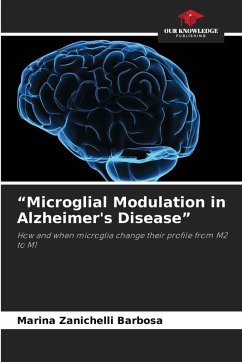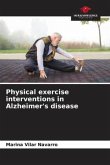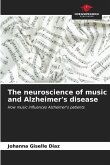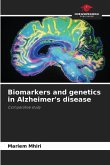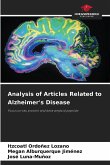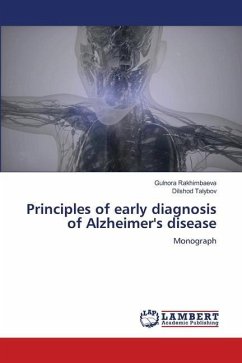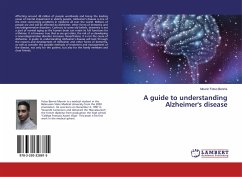There are many unclear mechanisms regarding the pathogenesis of Alzheimer's disease (AD) and no form of prevention or cure. It is known that in the development of the disease, microglia can undergo phenotypic changes and that this can directly influence neurons. In order to understand more about the neuroimmune interactions that exist in Alzheimer's disease, this project's main objective is to investigate when and how the change from M2 to M1 microglia occurs in the triple transgenic model (3xTg-AD), the murine model that most closely resembles the disease in humans. This pattern change reflects neurodegeneration and is related to beta-amyloid plaques and neurofibrillary tangles. We know that increased production of reactive oxygen species (ROS) accompanies the change from the M2 to M1 phenotype, which is responsible for the release of pro-inflammatory cytokines that can be directly toxic to neurons. Therefore, we want to know when this occurs and what mechanism is involved in the change in the activation pathway of microglia from the alternative phenotype (M2) to the classic phenotype (M1) in 3xTg-AD mice, triple transgenic for AD.
Bitte wählen Sie Ihr Anliegen aus.
Rechnungen
Retourenschein anfordern
Bestellstatus
Storno

